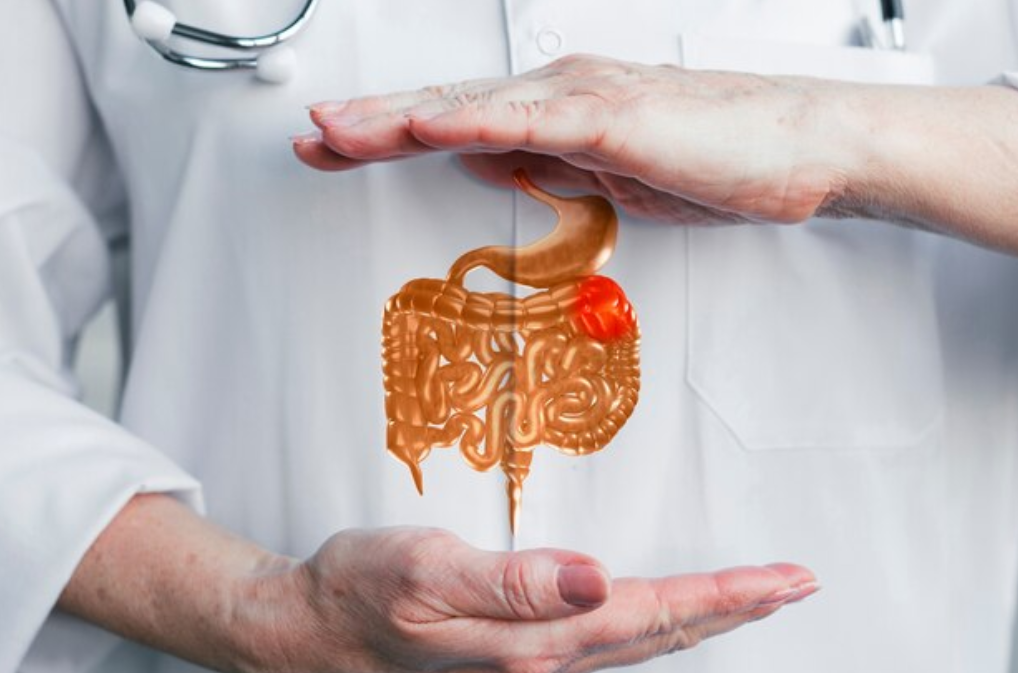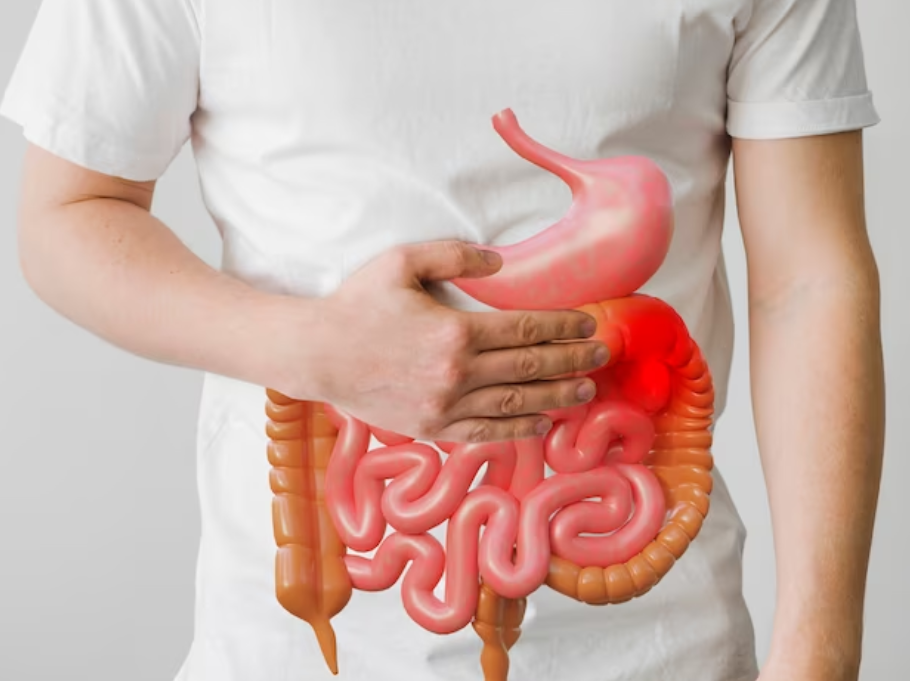Liver Care Services
Liver Care
The liver is one of the largest and most important organs in a person’s body. It is about the size of a football and weighs about 3 pounds in the average-sized person. The liver is located on the upper right side of a person’s body, behind the lower ribs. Almost all the blood in a person’s body passes through the liver.
The liver performs hundreds of functions, including storing nutrients; removing waste products and worn-out cells from the blood; filtering and processing chemicals in food, alcohol and medications; and producing bile, a solution that helps digest fats and eliminate waste products.


Upper Abdominal Pain
Dyspepsia (indigestion) is a common symptom characterised by discomfort or pain in the upper abdomen. It typically occurs after eating or drinking. Symptoms may include early satiation, uncomfortable fullness, bloating, nausea, vomiting, belching, flatulence, heartburn, regurgitation and diarrhoea.
A passing stomach bug or viral infection may cause temporary inflammation in your stomach and sometimes in your intestines (gastroenteritis). Other conditions can cause longer-lasting inflammation and pain in your stomach. Autoimmune disease, bile reflux and stomach cancer are some of these less-common causes.
Blood Vomitting
Hematemesis means vomiting blood. You may vomit blood along with your stomach contents, or blood alone. It may be fresh and bright red, or older, darker and coagulated, like coffee grounds. Hematemesis is a sign of internal bleeding from the upper portion of your digestive tract — the esophagus, stomach and first portion of your small intestine called the duodenum. If you’re vomiting blood, you should seek medical attention right away.
Blood in your vomit is never normal. A small amount may indicate a more benign cause. For example, you might see a small amount of blood in your vomit simply from the trauma of vomiting. But there are many other reasons why hematemesis can occur. It’s important to call your healthcare provider if you’re vomiting blood at all.


Fatty liver
 Fatty liver disease (steatosis) is a common condition caused by having too much fat build up in your liver. A healthy liver contains a small amount of fat. It becomes a problem when fat reaches 5% to 10% of your liver’s weight.
Fatty liver disease (steatosis) is a common condition caused by having too much fat build up in your liver. A healthy liver contains a small amount of fat. It becomes a problem when fat reaches 5% to 10% of your liver’s weight.
Fatty liver disease means you have extra fat in your liver. You might hear your doctor call it hepatic steatosis.Heavy drinking makes you more likely to get it. Over time, too much alcohol leads to a buildup of fat inside your liver cells. This makes it harder for your liver to work.But you can get fatty liver disease even if you don’t drink a lot of alcohol.
HIV and Hepatitis B and
Hepatitis C Coinfection
Hepatitis B and hepatitis C are liver infections caused by a virus. Because these infections can be spread in the same ways as HIV, people with HIV in the United States are often also affected by chronic viral hepatitis.Viral hepatitis progresses faster and causes more liver-related health problems among people with HIV than among those who do not have HIV. Liver disease, much of which is related to HBV or HCV, is a major cause of non-AIDS-related deaths among people with HIV.
Given the risks of hepatitis B or hepatitis C coinfection to the health of people with HIV, it is important to understand these risks, take steps to prevent infection, know your status, and, if necessary, get medical care from a health care provider who is experienced in treating people who are coinfected with HIV and HBV, or HIV and HCV.


Cholangiocarcinoma
Cholangiocarcinoma is a group of cancers that begin in the bile ducts. Bile ducts are branched tubes that connect the liver and gallbladder to the small intestine . They carry bile, which is a fluid that helps the body digest fats that are in food.
Symptoms include yellow skin and eyes (jaundice), intensely itchy skin and stool that’s white in colour.Treatment may include surgery, chemotherapy and radiation.
Liver Cirrhosis
Cirrhosis of the liver is permanent scarring that damages your liver and interferes with its functioning. It can lead to liver failure. Cirrhosis is the result of persistent liver damage over many years. Alcohol and drugs, viruses and metabolic factors are the most common causes.
Excessive and chronic alcohol consumption is the most common cause of liver cirrhosis. Cirrhosis from drinking alcohol can develop over many years. It is important to remember that the amount of alcohol that will damage the liver can vary from person to person.


liver abscess
A liver abscess is defined as a pus-filled mass in the liver that can develop from injury to the liver or an intraabdominal infection disseminated from the portal circulation.[1] The majority of these abscesses are categorized into pyogenic or amoebic, although a minority is caused by parasites and fungi.
Untreated, pyogenic liver abscess remains uniformly fatal. With timely administration of antibiotics and drainage procedures, mortality currently occurs in 5-30% of cases. The most common causes of death include sepsis, multiorgan failure, and hepatic failure.
Why Choose Us
Complete Liver & Cancer Care Solutions For All
ExperienceTeam
+15 Yrs Experience
Standards Treatments
Best Departments
Get Appointment

